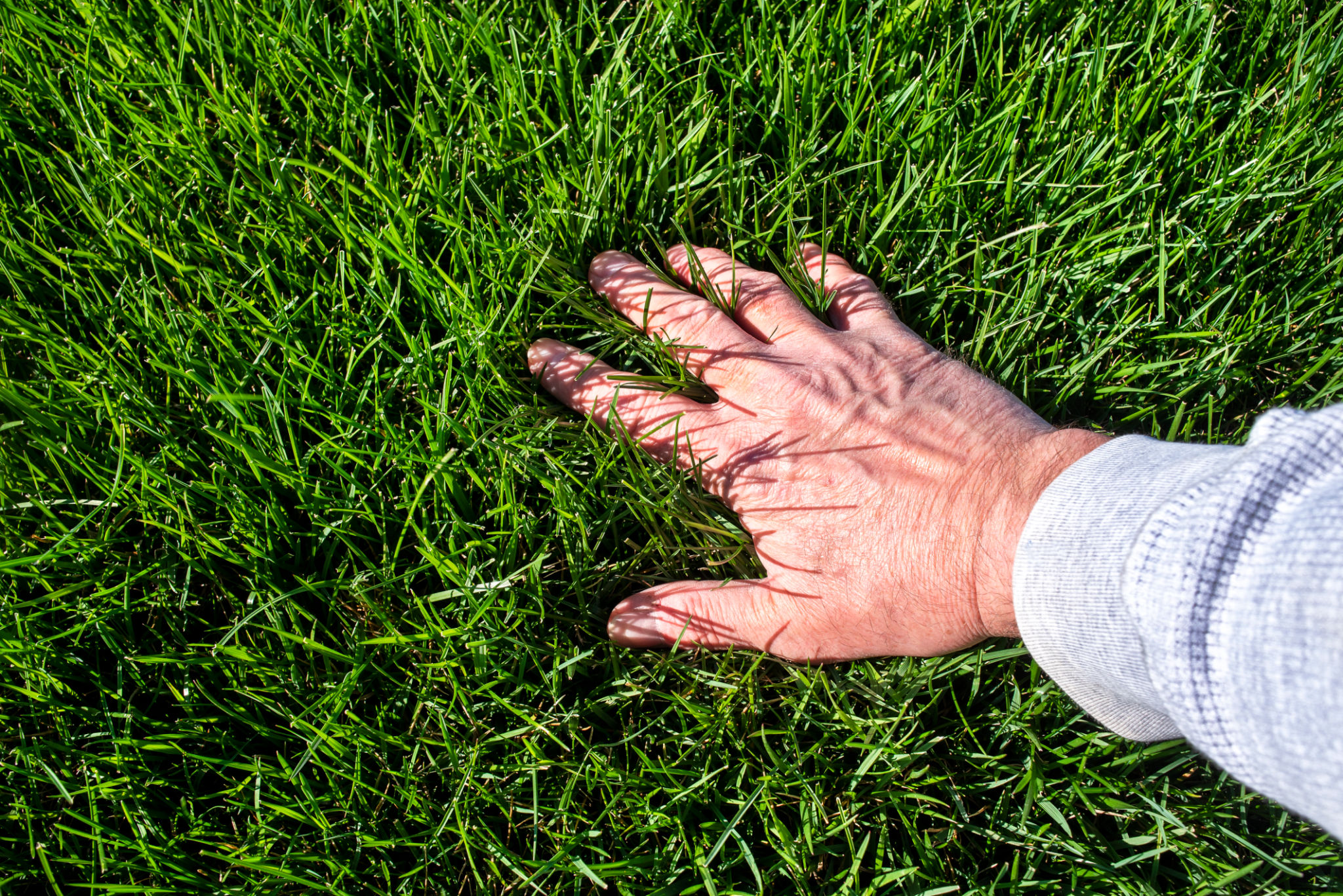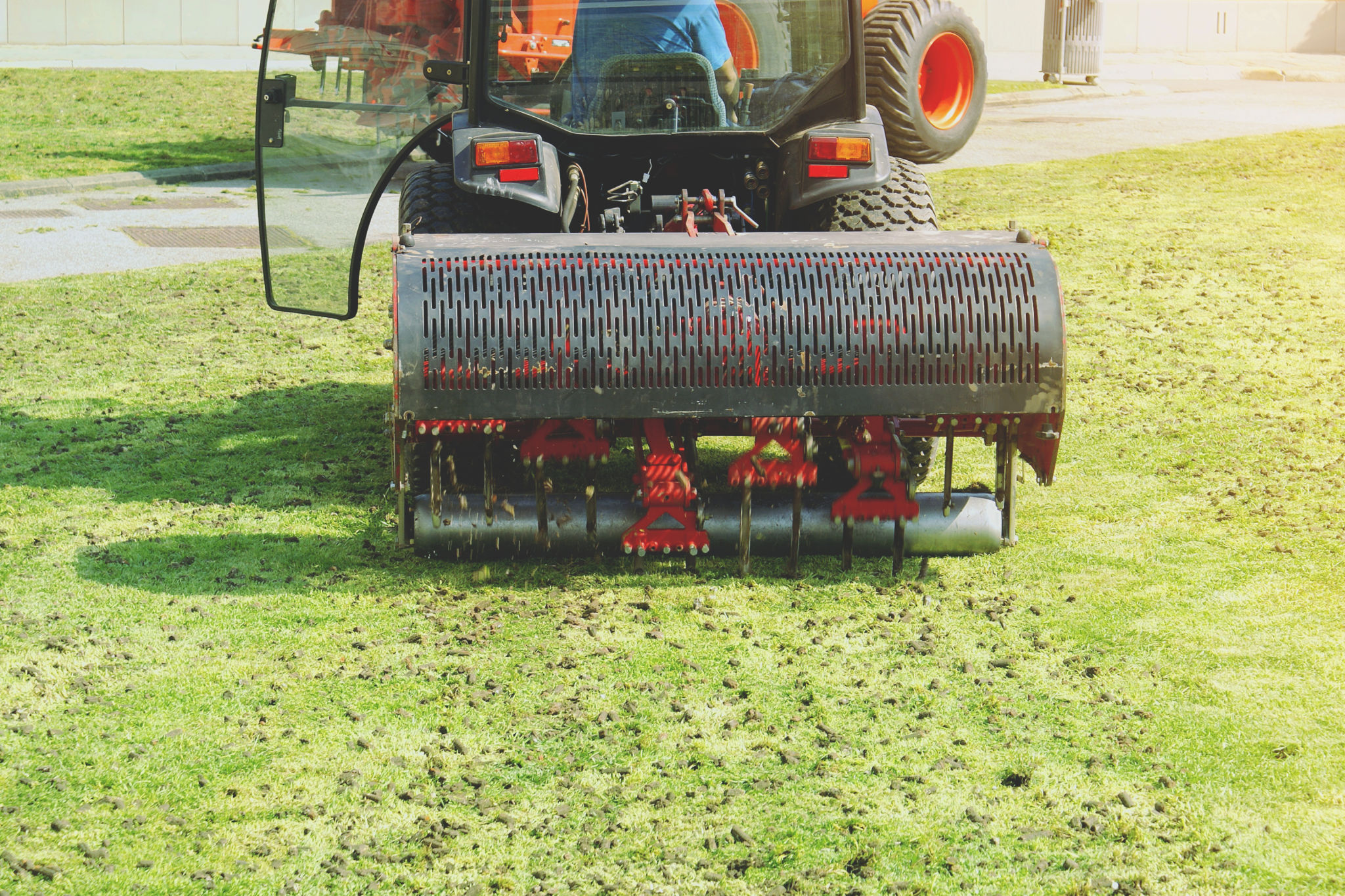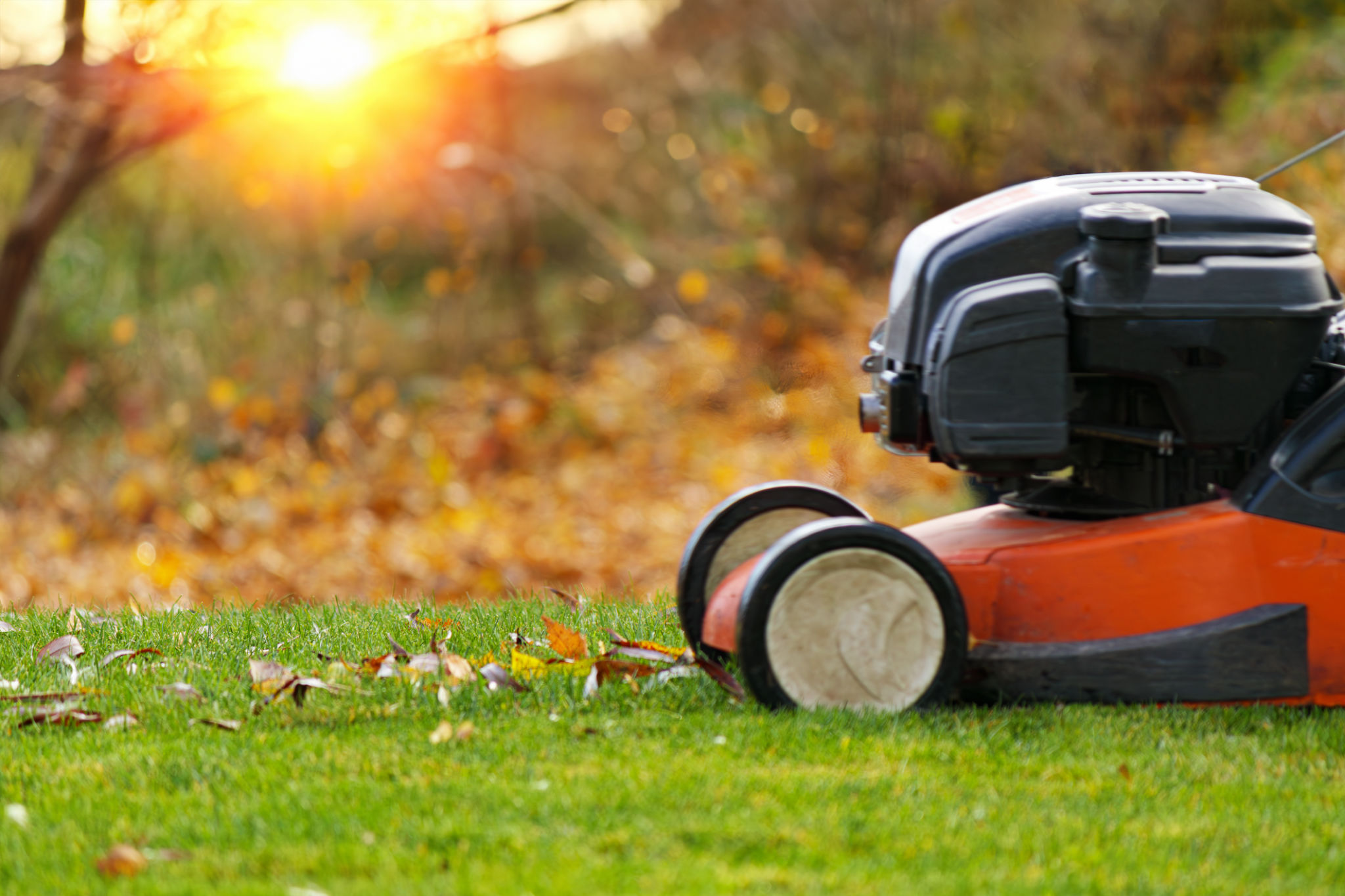Preparing Your Lawn for New England Winters: A Comprehensive Guide
Assessing Your Lawn's Health
As the vibrant colors of fall transition into the stark beauty of winter, it's essential to prepare your lawn for the harsh New England winters. Start by assessing the current health of your lawn. Look for any signs of disease, pests, or areas where grass is thinning. Identifying these issues early allows you to address them before the winter sets in, ensuring a healthier lawn come spring.

Cleaning Up Debris
One of the first steps in preparing your lawn is to clean up any debris. Fallen leaves, twigs, and other organic matter can create a breeding ground for mold and pests. Rake up leaves and remove any large debris to keep your lawn clear. This also helps prevent suffocation of the grass, allowing it to breathe and absorb nutrients more effectively.
Raking Techniques
Use a lightweight rake to gently remove leaves without damaging the grass. For larger lawns, consider using a leaf blower or a lawn vacuum. Remember to compost the collected leaves or use them as mulch in your garden beds. This sustainable approach recycles nutrients back into your garden.
Aerating Your Lawn
Aeration is a crucial step in preparing your lawn for winter. By perforating the soil with small holes, you allow air, water, and nutrients to penetrate deep into the roots. This process alleviates soil compaction and promotes stronger root growth. Aeration is especially important for heavy clay soils commonly found in New England.

When to Aerate
The best time to aerate your lawn is during the fall when the grass is still actively growing. This gives the lawn time to recover and strengthen before winter. If you missed the fall window, early spring is the next best option.
Overseeding and Fertilizing
After aerating, it's an excellent time to overseed your lawn. Overseeding involves spreading grass seed over your existing lawn to fill in bare spots and improve the overall density. Choose a grass seed blend suitable for New England's climate, such as Kentucky bluegrass or perennial ryegrass.
Fertilizing your lawn in the fall provides essential nutrients that help the grass survive the winter. Use a slow-release fertilizer with a balanced N-P-K ratio to promote root growth and store energy for the colder months. Follow the manufacturer's instructions for the best results.

Watering and Mowing
Proper watering is vital as your lawn prepares for winter. Ensure your lawn receives about 1 inch of water per week until the ground freezes. This helps the grass build up energy reserves and maintain moisture levels. Avoid overwatering, as this can lead to fungal issues.
Mowing Tips
Gradually lower the mowing height as you approach the final mow of the season. Aim to keep the grass around 2 to 2.5 inches tall. This height helps prevent snow mold and other winter diseases while still protecting the grass crowns. Make sure to remove any clippings to keep the lawn clean.
Winterizing Equipment
As you finish your lawn care tasks, don't forget to winterize your lawn equipment. Clean and store your mower, trimmer, and other tools properly to ensure they are ready for use in the spring. Drain fuel from gas-powered equipment and sharpen blades to maintain their efficiency.
By following these steps, you can ensure your lawn is well-prepared to withstand the challenges of a New England winter. With a little effort now, you'll be rewarded with a lush, healthy lawn when the warmer weather returns.
